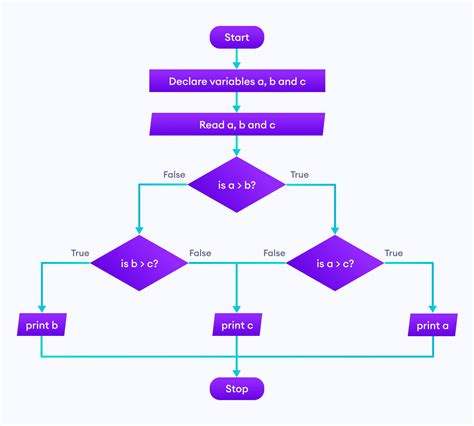How Generative Algorithms Are Shaping the Aesthetics of NFTs
The world of non-fungible tokens (NFTs) has grown immensely in popularity in recent years, with artists, musicians, and collectors alike turning to digital assets to showcase their unique identities. One of the driving forces behind the rise of NFTs is the use of generative algorithms to create unique, AI-generated pieces of art.
In this article, we’ll take a deep dive into how generative algorithms are shaping the aesthetics of NFTs, from the intricate details of each piece to the broader implications of this technology in the art world.
What Are Generative Algorithms?
Generative algorithms are a type of machine learning model that can generate new data based on patterns and relationships learned from existing data sets. These algorithms are capable of creating complex, realistic images, videos, and even entire worlds. In the context of NFTs, generative algorithms can be used to create unique pieces of digital art that are nearly indistinguishable from human-made creations.
The Aesthetics of Generative Art

Generative algorithms have been used in various forms of artistic expression, including music, film, and even video games. In the context of NFTs, these algorithms are being used to create stunning and intricate pieces of digital art that showcase the full potential of AI-generated art.
One of the most amazing aspects of generative algorithms is their ability to create organic and complex patterns and textures that would be impossible to replicate using traditional methods. These pieces often feature intricate details, such as subtle shading, nuanced color palettes, and even organic shapes that evoke a sense of natural beauty.
From Digital Landscapes to Alien Worlds
Generative algorithms can create entire landscapes or environments that are unlike anything we’ve ever seen before. Using techniques like procedural modeling and texture synthesis, artists can generate complex, bizarre worlds that seem to defy the laws of physics.
One notable example is digital artist Rami Mustafawi’s “Luminous” project. This NFT series features stunning generative art pieces depicting eerie, glowing landscapes that seem to pulse with an otherworldly energy.
The Implications of Generative Art in the Art World
Generative algorithms aren’t just limited to creating new, unique pieces of art. They also have the potential to revolutionize the way we think about art and its value.
As AI-generated art becomes more prevalent, traditional notions of ownership and authorship may need to be reevaluated. Will artists be able to continue to claim ownership of their creations, or will they become mere machine-generated patterns?
The Future of NFTs and Generative Art
While the debate around generative art and its implications for the art world continues, one thing is clear: this technology has the potential to shape the aesthetics of NFTs in ways we can’t yet imagine.
As AI-generated art continues to evolve and improve, we may see new forms of creativity emerge that blend human and machine intelligence. This could lead to a new era of human-machine artistic collaboration, where the boundaries between the creator and the generated are blurred.
Conclusion
Generative algorithms have the power to shape the aesthetics of NFTs in ways both subtle and profound. From intricate digital landscapes to alien worlds, these algorithms can create stunning, one-of-a-kind pieces of art that showcase the full potential of AI-generated art.
As this technology continues to evolve, we may see new forms of creativity emerge that blur the lines between human and machine intelligence. One thing is certain: generative art has the potential to revolutionize the way we think about art and its value, and it will be exciting to see how this technology shapes the future of NFTs.
**What do you think?
Leave a Reply